Dandelion World Reading and Writ...
$85.00ISBN: 9780241666418
Showing 1–20 of 47 resultsSorted by latest
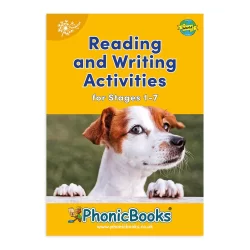
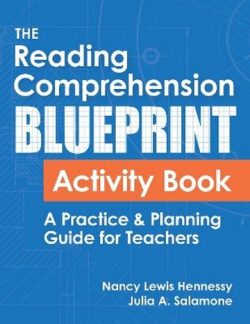
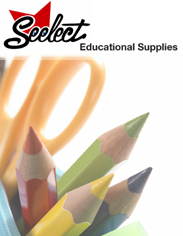
BY Jocelyn Seamer English is a morpho-phonemic language that is as influenced by morphology as it is by phonics. As such, it is necessary to teach students to both understand and use this critical area of language. Spelling Success in Action guides teachers and students through the exploration of prefixes and suffixes at four levels:…
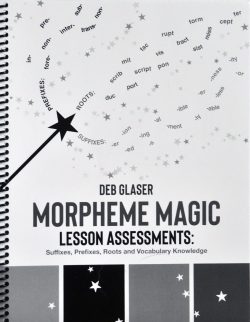
By Dr Deb Glaser The second edition of Morpheme Magic is identical to the first edition other than the assessment component which will eventually be bound within the same book. Currently in Australia, the assessment component will be sold either by itself or with the original Morpheme Magic book. Each lesson has its own assessment…
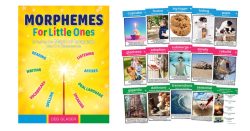
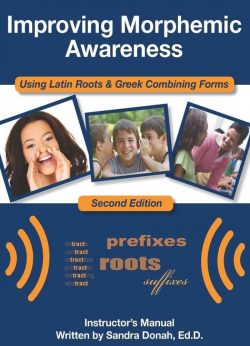
Provides teachers and tutors with multi-step activities to enhance their students’ morphological awareness. Using coloured felt squares to represent morphemes, students see, hear, touch and move morphemes while constructing nre words with Latin roots and affixes, Greek combining forms and Anglo-Saxon affixes. The activities follow a logical sequence, beginning with the most common Latin roots and ending with the more challenging Greek combining forms.
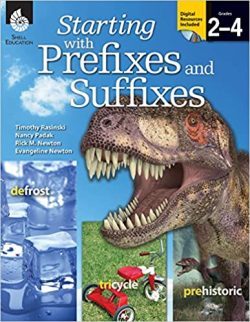
BY Timothy Rasinski, Nancy Padak, Rick M, Newton and Evangeline Newton ISBN 9781425811037 Fully Photocopiable, this resource allows you to dive into prefixes and suffixes where students in grades 2–4 will expand their vocabularies and improve their word knowledge. Teachers will be able to adapt the ideas here for year 1 students and probably Reception/Foundation…
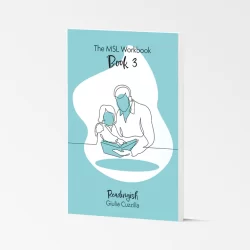
By Giulia Cuzzilla This workbook is designed for students of Multisensory Structured Language instruction. This workbook should take around three to six months to complete, depending on your child’s progress and how many lessons you do a week. Please note: You will require a sound pack when using this resource. You can purchase one directly through…
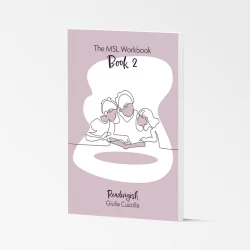
By Giulia Cuzzilla This workbook is designed for students of Multisensory Structured Language instruction. This workbook should take around three to six months to complete, depending on your child’s progress and how many lessons you do a week. Workbook Two starts at the ck/k rule and goes onto vowel teams, ending at oi / oy….
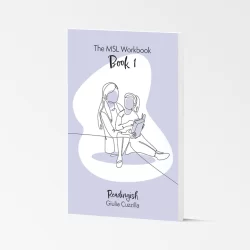
By Giulia Cuzzilla Revision Workbook for Students of MSL This workbook is designed for students of Multisensory Structured Language instruction. This workbook should take around three to six months to complete, depending on your child’s progress and how many lessons you do a week. Workbook One starts at learning initial consonant sounds and goes all…
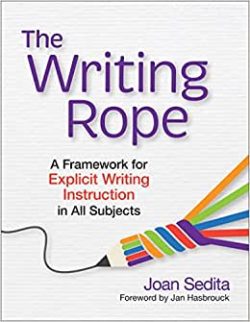
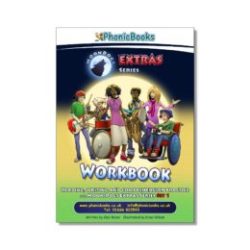
Reading, writing and comprehension activities based around the stories from The Moon Dogs Extras Series, Set 1. A wide range of activities support and provide crucial further practice for the sounds of the alphabet at CVC level text. An ideal resource for older, beginner readers.
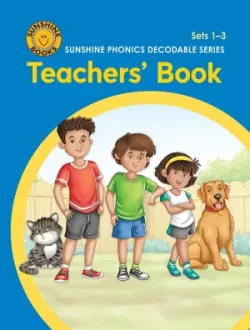
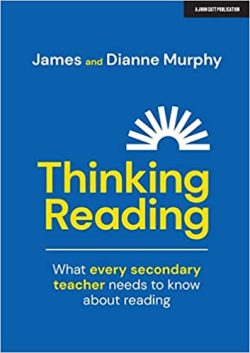
Despite the efforts of teachers and educators, every year secondary schools across the English-speaking world turn out millions of functionally-illiterate leavers. The costs in human misery and in wasted productivity are catastrophic. What can schools do to prevent this situation?
In their highly-accessible new book, James and Dianne Murphy combine more than 50 years of experience to provide teachers with a thorough, easy-to-use walk-through of the extensive research on reading and its effects on student achievement. Drawing on the work of experts from around the world, the authors explore how we learn to read, how the many myths and misconceptions around reading developed, and why they continue to persist.
Building on these foundations, chapters go on to examine how the general secondary school classroom can support all levels of reading more effectively, regardless of subject; how school leaders can ensure that their systems, practices and school culture deliver the very best literacy provision for all students; and what it takes to ensure that a racing intervention aimed at adolescent struggling readers is truly effective.
The overall message is one of great optimism: the authors demonstrate that the right of every child to learn to read is entirely achievable if schools employ the best research-driven practice.
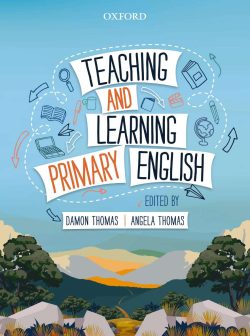
With contributions from so many wonderful knowledgeable people including Dr Karyn Carson, Anne Bayetto, Rhona Stainthorp, Deslea Konza, Timothy Rasinski and the list goes on and on!!!
Equip your students with the knowledge and skills to teach English well.
Teaching English well is important for every primary school teacher, but it can also seem overwhelming—and for good reason. The amount of English content that must be taught throughout primary school is considerable. Speaking, listening, reading, writing, viewing, and creating are social practices that rely on highly complex cognitive processes, require specialised knowledge about the English language, and an understanding of how children develop literacy skills to use English for different communicative purposes.
Teaching and Learning Primary English is written for initial teacher education (ITE) students and practising primary school teachers. It addresses the complexities of English teaching and aims to build deep understandings of the most important aspects of primary English education. It will assist ITE students and practising teachers navigate the often complicated, crowded, and interconnected landscape of English education.
KEY FEATURES
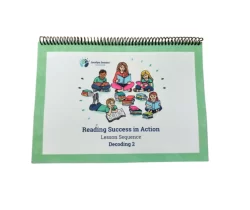
When making the shift to a systematic, explicit approach to teaching reading, it can be challenging to know how to arrange content in a way that supports the learning of every child in your class. The Reading Success in Action Lesson 2 sequence is designed to take the guess work out of making instructional decisions in teaching the first half of the complex code. Don’t spend hours agonizing over what, when and how to teach decoding. Follow the sequence and give your mental energy to supporting the students in your care.
Details:
– 75 pages of content
– Follows the sequence of ay, ee, igh, oa, oo (as in zoo), or, oy, ar, oo (look), er, ou, are, ow, oi, ir, a_e, i_e, o_e, u_e, ea, ai, ie, aw, ur, ear, le. The sequence has been chosen to reflect the most common grapheme representations as well as separating graphemes that represent the same phonemes. This conservative arrangement supports the cognitive load of students who are vulnerable to cognitive overload and confusion.
– Easy to follow lesson plans contain instructions, teacher background knowledge, word lists and differentiated decodable sentences. Three word lists and sentences enable you to reteach lessons as needed without repeating words. Lesson also contain recommendations of irregular high frequency words mapped to the decodable texts included in the sequence.
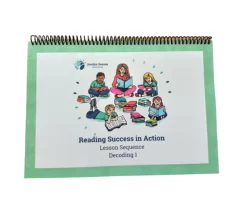
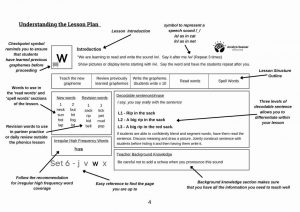
When making the shift to a systematic, explicit approach to teaching reading, it can be challenging to know how to arrange content in a way that supports the learning of every child in your class. The Reading Success in Action lesson sequence is designed to take the guess work out of making instructional decisions in teaching the basic code. Don’t spend hours agonizing over what, when and how to teach decoding. Follow the sequence and give your mental energy to supporting the students in your care.
Details:
– 86 pages of content
– Follows the Letters and Sounds sequence (s a t p i n m d g o c k ck e u r h b f l ff ll ss j v w x y z zz qu ch sh th ng)
– Easy to follow lesson plans contain instruction, teacher background knowledge, word lists and differentiated decodable sentences.
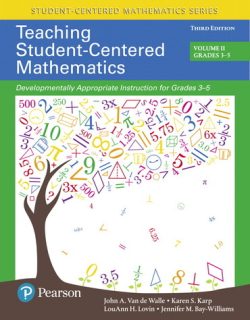
For courses in Elementary Mathematics Methods (Curriculum & Instruction) and for classroom teachers.
Helping students make connections between mathematics and their worlds—and helping them feel empowered to use math in their lives—is the focus of this widely popular guide. Designed for classroom teachers, the book focuses on specific grade bands and includes information on creating an effective classroom environment, aligning teaching to various standards and practices, such as the Common Core State Standards and NCTM’s teaching practices, and engaging families. The first portion of the book addresses how to build a student-centered environment in which children can become mathematically proficient, while the second portion focuses on practical ways to teach important concepts in a student-centered fashion.
This book is part of the Student-Centered Mathematics Series, which is designed with three objectives: to illustrate what it means to teach student-centered, problem-based mathematics, to serve as a reference for the mathematics content and research-based instructional strategies suggested for the specific grade levels, and to present a large collection of high quality tasks and activities that can engage students in the mathematics that is important for them to learn.
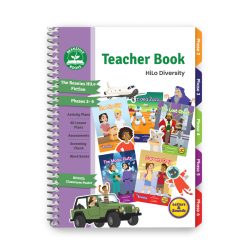
To support the Beanstalk Book range of decodable readers, we offer NEW comprehensive Teacher Books. Teacher Book for Hi-Lo Diversity includes an overview of Letters & Sounds programme; phonics scope and sequence, individual teacher lesson plans for each decodable reader in the set, photocopiable activity pages for each book, screening checks and assessment pages, and…
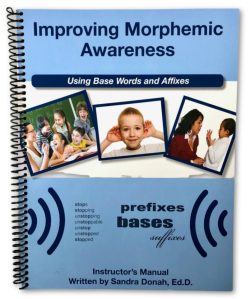
spiral bound: 92 pages